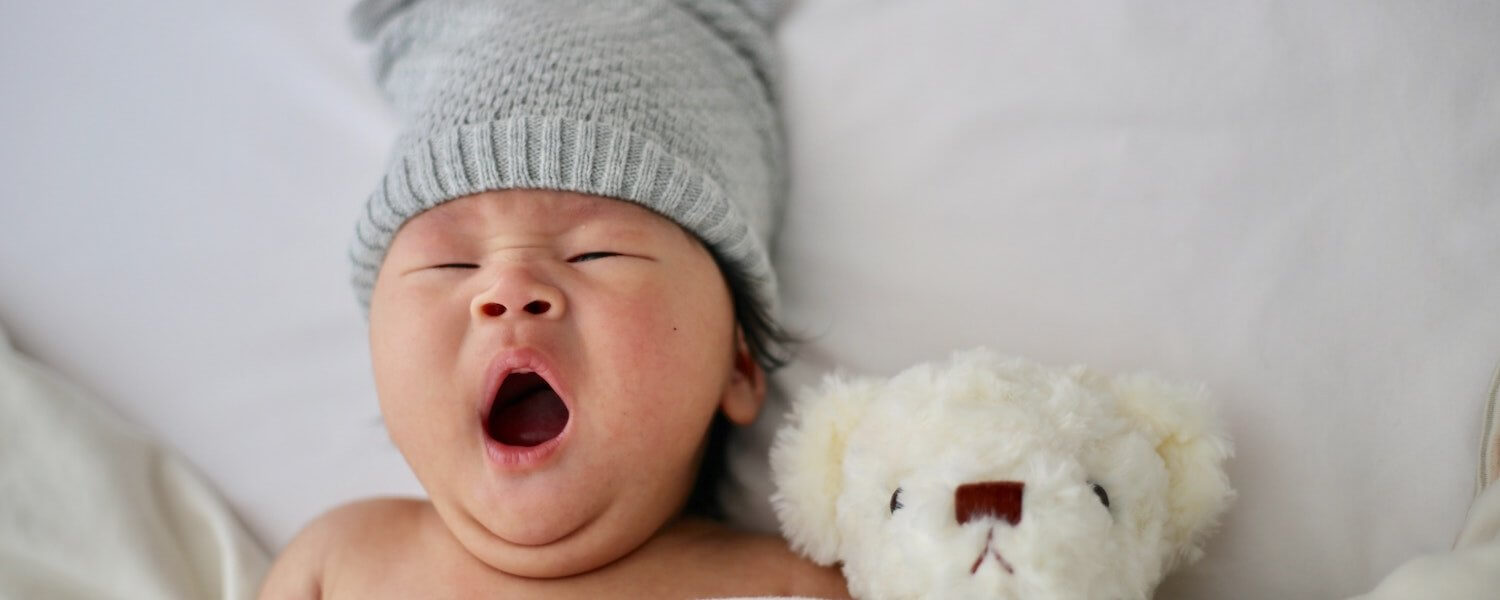Pregnancy insomnia: Brown University x Dreem call for proposals

Last year, Dreem launched our first ever Call for Proposals for researchers. In this series of articles, we wanted to take a look at five of the winning projects. This research takes a look at neurodegenerative disease, pregnancy, and modern living, all through the prism of sleep.
Scientists at Brown University will be integrating the Dreem headband into their series of studies on the area of sleep during and following pregnancy. In this article, we’ll take a look at their main avenues of research.
Smoking while pregnant

Not that long ago, smoking was pitched as a healthy choice. Advertisements lauded the merits of tobacco as an aid for everything from digestion to asthma. Images of children smoking and promises of puffing our way to better health were not out of the ordinary.
But then science had something to say about such advertising claims. This prompted a sharp turnaround in public opinion on all things nicotine. As a result, tobacco companies are berated these days for not-so-subtle attempts to target children with their advertising. We’re also inundated with warnings as to the hazards of even secondhand smoke.
Smoking and sleep
Sleep provides an interesting perspective from which to study nicotine consumption. Smokers take longer to fall asleep than non smokers. They also have shorter sleep duration and struggle more with daytime sleepiness. In addition, as the body goes through nicotine withdrawal during sleep, cravings can cause awakenings.
With their study on the topic, researchers from Brown University will examine the impact of smoking on fetal development. To do this, they will compare traditional cigarette smokers, electronic cigarette smokers, and non-smokers throughout pregnancy. The Dreem headband will allow them to collect information on the mothers’ sleep stages, nighttime awakenings, biomarkers such as heart rate, and behavioural information.
Tracing the roots of childhood obesity

In another ongoing study, researchers are turning their efforts to tracing the roots of childhood obesity. Globally, over 40 million children under five years of age are overweight. In the US, obesity affects close to a fifth of children and teens. These children are at higher risk for health conditions including diabetes, sleep apnea and heart disease. By measuring sleep stages, feeding attitudes and maternal stress, the study explores potential contributors to childhood obesity. A clearer understanding of what causes the condition will move research closer to being able to prevent it.
Sleep and depression
In addition to the sleep-wake cycle, we go through a host of physiological changes throughout the day. Our hormones, temperature and mood, for example, fluctuate. Mood disorders such as depression can involve the dysregulation of the master clock. This clock, known as the suprachiasmatic nucleus, is influenced by external cues. Light is the strongest of these influences.
Desynchronisation of the master clock has been linked with depression, giving rise to chronotherapy. This therapeutic approach combines techniques such as sleep deprivation and light exposure. Depriving the person suffering from depression of sleep and exposing them to bright light helps to realign their circadian rhythm.
Using the Dreem headband, Brown University researchers will collect data to test chronotherapy for the treatment of perinatal depression. Between 10% and 16% of pregnant women suffer from mental disorders. This rises to between 13% and 20% among women who have just given birth, making this an important area of research. Chronotherapy could provide an inexpensive, medication-free way of treating perinatal depression. This could, in turn, reduce emotional difficulties in children and mental health outcomes for both mother and child.

Pregnancy and sleep apnea
Why do some women develop sleep apnea during pregnancy while others don’t? This is the question the last of the researchers’ ongoing studies study aims to answer. The Dreem headband will provide sleep data and detect breathing irregularities. With additional physiological measures, the project will identify pregnancy-related changes that lead some women to develop sleep apnea. As apnea can be at the root of insomnia during pregnancy, a deeper understanding of its origins could help improve expectant mothers’ sleep.
Discover your sleeper profile with this sleep test
Start



